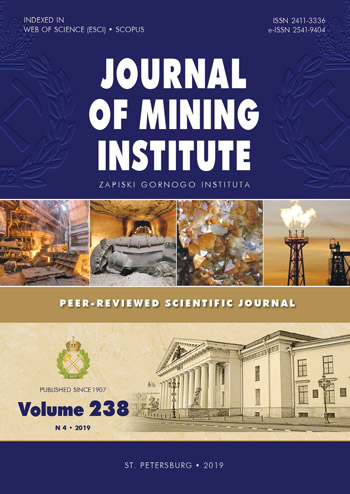Increase in Intake Capacity by Dynamic Operation of Injection Wells
- 1 — LLC «Gazpromneft Science & Technology Centre»
- 2 — LLC «Gazpromneft Science & Technology Centre»
- 3 — PJSC «Gazprom neft»
Abstract
The method of pumping water to compensate for fluid withdrawals from an oil formation in order to maintain formation pressure has long established itself as an effective technology and is widely used at oil and gas fields. At the same time, field operator is often faced with the problem of reduction in the intake capacity of injection wells, which may be caused by various complications arising in the near-wellbore area due to a violation of water treatment technology or other factors. This problem is typical for reservoirs with low permeability values, which leads to a decrease in the performance indicators of the formation pressure maintenance system. In order to counter contamination of the bottomhole zone of the well, as a rule, injection of specialized acid compositions for the purpose of cleaning is used. To increase the effectiveness of this procedure, the authors of the article propose to discharge the injection well at the maximum permissible speeds. This event will allow primary cleaning of the bottomhole zone of the formation from moving particles clogging the pore space, and reduce formation pressure in the vicinity of the injection well, which will subsequently improve the intake capacity of the well during treatment with acid compositions. The decrease in formation pressure in the bottomhole zone of the well also has a positive effect on the radius of acid penetration into the formation. The proposed approach has been successfully tested on a number of injection wells at one of «Gazprom Neft» enterprises. The results of pilot operations showed an increase in the quality of cleaning the bottomhole zone of the formation and an increase in the intake capacity of injection wells with subsequent preservation of intake dynamics.
